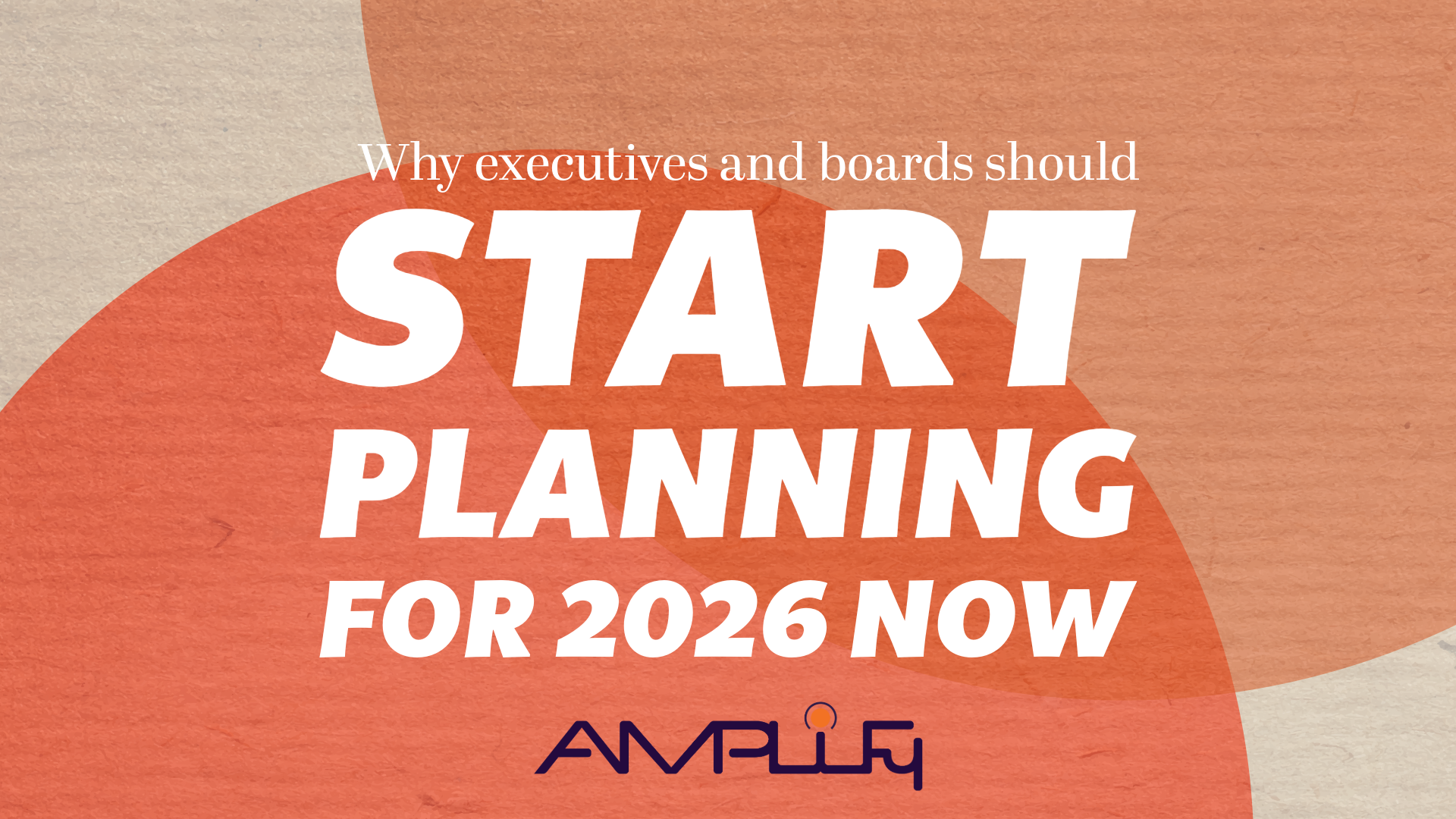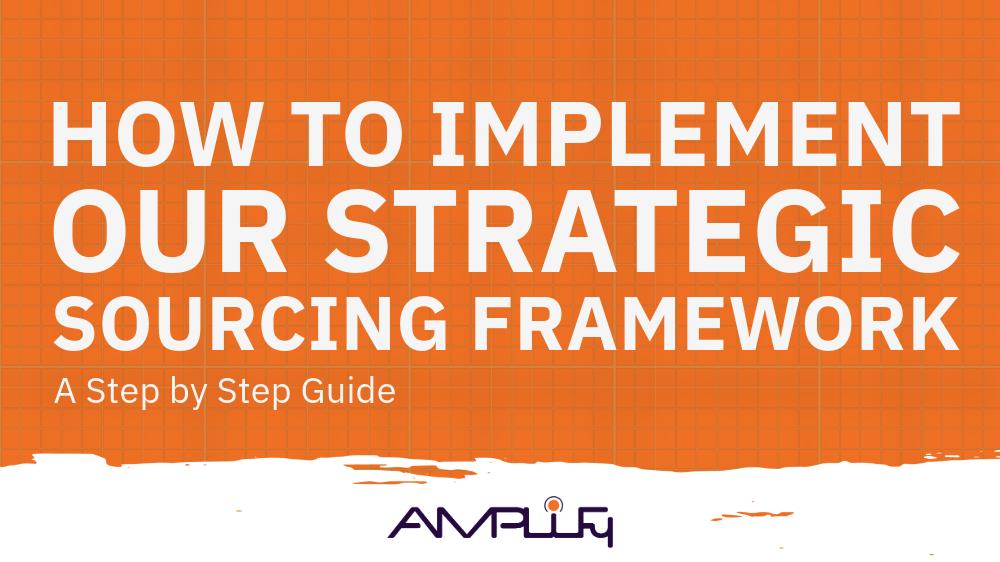Thoughtful Communication: Crafting Memorable Connections
Unlocking the Power of Thoughtful Communication: Crafting Memorable Connections
"To be, or not to be, that is the question." Today, on the day of Shakespeare’s birth, I think about the significance the right communication.
Think about it; Memorable people speak in memorable ways.
Leaving a lasting impression through your words will elevate your personal brand and forge meaningful connections in both your personal and professional life.
Who do you remember most vividly? Chances are, it's not just what they tried to convey, but how they said it. Their words resonated with you, leaving a mark on your memory.
So: How can we harness the power of thoughtful communication to make our own mark in the professional world? Here are a few suggestions from someone who has made it his career to communicate and guide people to the right solutions:
- Inject Authenticity: Be true to yourself and let your personality shine through in your communication. Whether you're crafting an email, delivering a presentation, or engaging in casual conversation, authenticity is key to making your voice distinctive and memorable.
- Use Your Creativity: Push the boundaries of how people normally use their vocabulary, and infuse your communication with creativity and originality. Use imagery, analogies, or storytelling techniques to make your message more engaging and memorable. Change up common sayings, sparking interest from your listener when they notice you diverted from the original idiom.
- Be Consistent: Develop a consistent tone and style that reflects your personality and values. Whether you prefer a lighthearted and humorous approach or a more serious and introspective tone, consistency helps reinforce your brand identity and makes you more recognizable to others.
- Listen and Respond: Effective communication is a two-way street. Listen attentively to others and respond thoughtfully, demonstrating empathy, understanding, and respect. By actively engaging in dialogue and demonstrating genuine interest in others, you'll leave a positive impression that lingers long after the conversation ends.
- Pay Attention to Detail: The little things matter when it comes to communication. Pay attention to the nuances of language, tone, and body language, ensuring that your message is conveyed clearly and effectively. Avoid jargon or convoluted language that may confuse or alienate your audience.
- Leave a Lasting Impression: Finally, strive to leave a lasting impression with every interaction. Whether it's a memorable quote, a heartfelt gesture, or a thoughtful piece of advice, aim to make your communication memorable in a way that resonates with others on a deeper level.
Thoughtful communication is a powerful tool that can elevate your personal brand and foster meaningful connections in both your professional and personal life.
By embracing authenticity, creativity, consistency, active listening, attention to detail, and a commitment to leaving a lasting impression, you can be your client’s next Shakespeare: The partner they remember for years to come, because you didn’t just deliver your project successfully, but also memorably.




